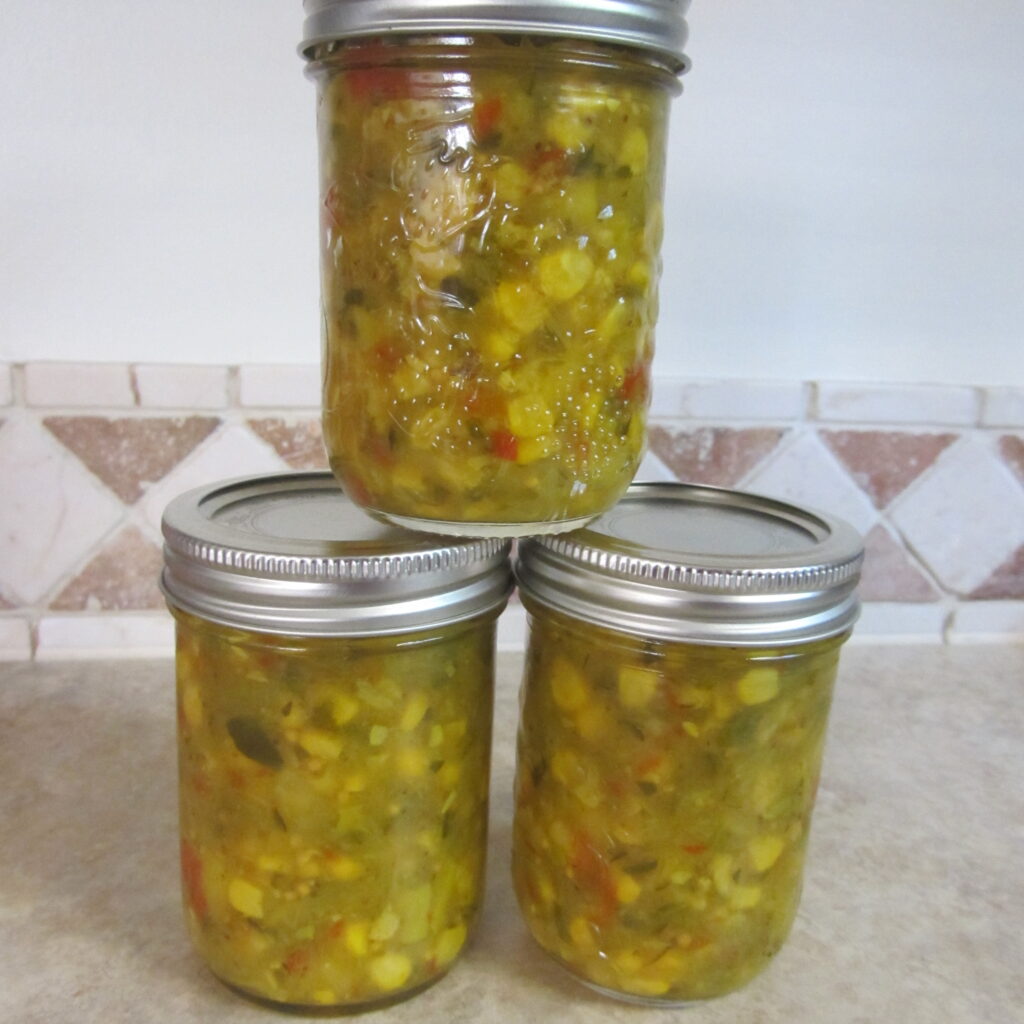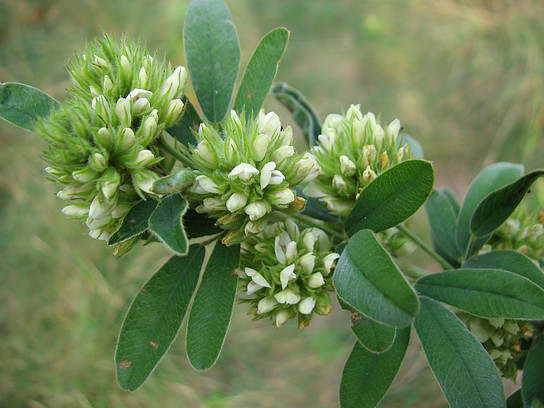
Winter Gardening? Grow vegetables in the southwestern Ontario winter?
If you are sad to see the garden season end with the first hard frost, then read on. Likewise, if you are eager to get out in the garden but spring seems a long way off, I have solutions for you below.
With a little planning and careful plant selection, you can garden and eat produce from your garden all winter. Growing vegetables in the winter may not be common but it is possible and certainly worthwhile. Let me explain how. In this article, we will examine ways to grow vegetables in your garden without the use of permanent structures.

This kale doesn’t care about snow squall warnings in January!
Selecting Plants
Only the toughest plants will remain palatable during the winter. Several plant families are reliable winter producers, although not every plant in each family is suitable for winter gardening.

Tatsoi growing happily in mid-November.
Cabbage family: Look for members that are grown for leaves.
- Bok choy
- Tatsoi
- Arugula
- Mustard
- Kale
Onion family: Look for family members with short days to maturity.
- Leeks
- Scallions (non-heading onions)
Carrot family: This is a big group that includes many herbs. Some family members grow best in cool weather.
- Carrots
- Cilantro
- Parsley
When to Plant for Winter Gardening
There are two approaches to planting, depending on the type of plant.
1.Holding mature plants in the winter
If you are hoping to grow the vegetables until they are mature then protect them in the cold weather for a prolonged harvest, then you will want to seed them early enough for the plants to grow.

Lettuce, while not as cold hardy as the other plants in this article, can be grown from seed starting in the summer and harvested until a hard frost. This beautiful head was transplanted in September and picked in mid-November.
- Carrots: Seed by mid-July. I’ve had better success with over-wintering a mid-summer carrot planting than trying to over-winter the spring planting. By fall, the spring planted carrots are overly mature and have tiny maggots in them (yum, high protein carrots).
- Leeks: Seed in April and transplant in May.
- Kale: Direct seed or transplant in the spring.
- Parsley: Direct seed or transplant in the spring.
2. Growing Plants in cold weather
There are two windows for cold weather growth: late fall and early spring. I aim to seed at the beginning of March in a mini-hoop tunnel (see below) or August. The best vegetables to grow in the cold weather are those harvested for their leaves.
For summer plantings, you can plant either in potting soil in pots/flats then transplant into the garden, or direct seed into your garden. I’ve found it easier to germinate in pots since it allows control over soil moisture and light. It can be hot and dry in late summer, not good weather for germination!
For winter plantings, you can plant in a hoop tunnel as soon as the soil is thawed, typically in late February or early March. The mini hoop tunnel is a little greenhouse that will allow your seedlings to jump out of the ground while snow still flies on the other side of the plastic.

Scallion seedlings in early September, right before being transplanted.
The easier planting method
If the above seems like too much of a time investment, there’s another, easier way to get some of these plants into your garden. If you are growing some of the cabbage family vegetables listed above in your summer garden, let some go to seed and let the seed fall in your garden. These seeds will germinate when there is wetter, cooler weather (typically late summer or early fall and again in the early spring). You can harvest these plants as soon as there are leaves.
How to Protect your Plants
So you’ve got your plants growing and the cold weather is approaching. What do you do?
Easy

This arugula was never purposefully planted. It is growing in the weeds, which provided protection from the cold.
Do nothing and eat these vegetables as fast as possible. All of the above vegetables will last after a hard frost, taking you well into November. In many years, you can still be eating these vegetables in December even after it’s dipped below -10C if there has been a cover of snow.
Moderate
Cover your plants with any easily accessible material when a very cold night (-10C or lower) is forecast and there is no snow cover. Here’s what I’ve used as a cover in the past with success:
- raked leaves
- dead plants from other areas of the garden (corn stalks, morning glory vines)
- old quilts and towels
- even WEEDS can work to your advantage here. I don’t weed the garden in the fall and the weeds grow around my vegetables, offering some cold protection.
Hard work (but worth it)

Mini hoop tunnels in February protecting young seedlings. When uncovered in April, the seedlings will mature faster.
You can erect a temporary greenhouse around your winter vegetables. It’s really not that much work for the payoff. It takes me a few hours to put up 50 feet of tunnel. I pound one-foot lengths of rebar into the ground on either side of the vegetable row. Then insert 10-foot lengths of PVC tubing onto the rebar, forming a hoop over the row with the PVC. Then I spread greenhouse plastic over the hoop and secure it with boards and bricks on the ground. I make my vegetable beds about 6 feet long.
With this method, you can sow in the mini hoop tunnels again in March. Once you take the plastic off in April, you will have vegetables that are harvestable much earlier.
So, yes winter gardening is very possible in Ontario and I hope you will give it a try!

Scallions after being uncovered in May. The plants in the foreground were seeded in the winter, while those in the background were seeded in the previous summer.
Resources
I’ve learned a lot from Niki Jabbour’s books. She is an enthusiastic year-round gardener. You can meet her here and read her posts on winter gardening here.
Related articles
http://8ff.ad6.myftpupload.com/extend-season-edible-crops/
http://8ff.ad6.myftpupload.com/grow-brassicas-cabbage-cauliflower-kale-broccoli/





About The Author: Amy Turnbull
Scientist, researcher and professor at Fanshawe College. Avid grower of edibles in her home garden.
More posts by Amy Turnbull